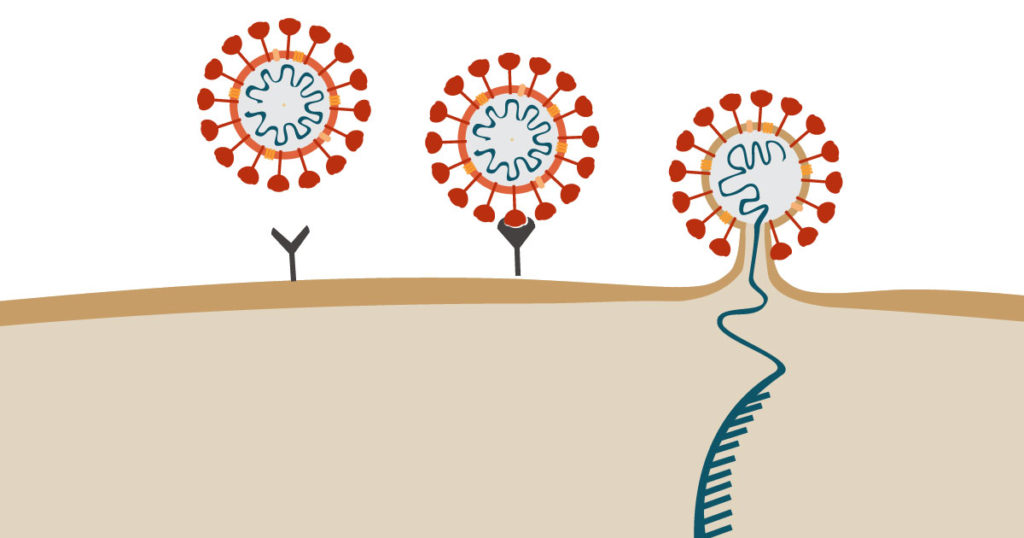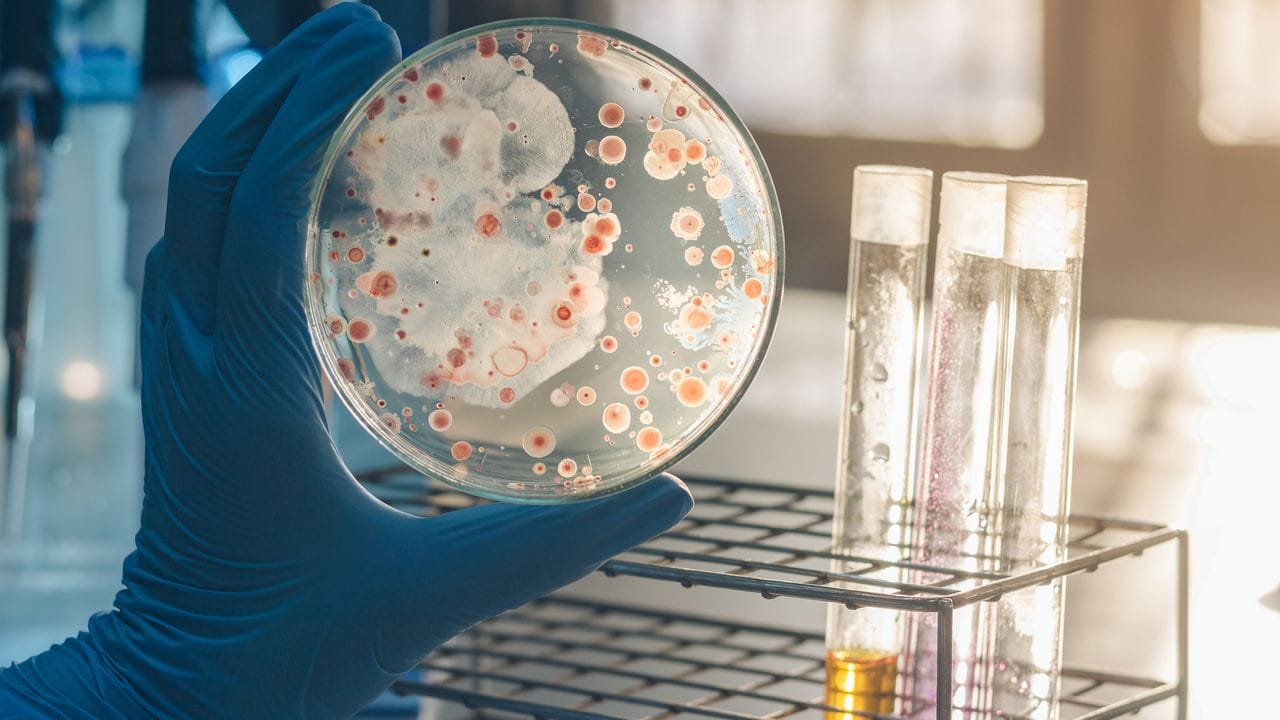It is estimated that bacteria and viruses have existed over 3.5 billion years ago, long before humans existed. Both are microscopic organisms and are invisible to the naked eye… so how can we tell the difference? With bacteria and viruses being a part of our everyday lives, it is useful that we know the distinction.
Can you identify these well-known bacteria and viruses by just looking at the images?

What are Bacteria?
Bacteria are single-celled organisms that reproduce through binary fission, splitting of the cells, and are capable of surviving in all types of environments. They can even thrive in toxic waste, salt solutions, and in places as hot as volcanos! Many also live on our skin and in our gut and can be beneficial to our health.
However, some bacteria can become pathogenic and lead to several diseases. These can often be treated using antibiotics, however antimicrobial resistance continues to be a rising global threat. Some examples of bacterial infections include strep throat, urinary tract infections (UTI) and pneumonia.
The risks of bacteria are present in all industries like educational institutions, hospitality and especially healthcare facilities. Bacteria can spread through multiple sources like air, water, food and living vectors (mosquitoes, ticks).
What are Viruses?
Viruses are non-living organisms that require a living “host” to grow and reproduce. Examples of “hosts” are people, animals or plants. They are essentially a cluster of genetic material with a protein coat or envelope that can assume different shapes and sizes.
Some viruses can be dangerous to humans and can spread rapidly. According to the American Lung Association, adults get an average of two to four colds per year. Other than the common cold, some serious viral infections could include polio virus, influenza or chickenpox. Antivirals can be used to treat specific viruses. In a virus’ lifecycle they are known to mutate and create new, and sometimes even more deadly, strands. Unfortunately, this means viruses could become resistant to the treatment or vaccine given.

Bacteria and Viruses in the News
Throughout the last few years, COVID-19 has shaped how we view viruses and infections. Worldwide, Coronavirus infections have surpassed 500 million cases, with close to 100 million in the US alone. Day after day we hear about bacterial and viral infections in the news and how it has caused concern for everyone. Although worrisome, it is important to have access to this information and learn about the preventative measures that are in place.
For example, every year in the month of August, National Immunization Awareness Month is observed. The goal is to highlight the importance of vaccinations against deadly viruses and inform the public about useful resources.
Furthermore, we can also take preventative practices to reduce risks of contracting infections. One main practice is proper hand hygiene. The Centers for Disease Control and Prevention states that handwashing education and efforts help to reduce respiratory illnesses in the general population by around 20%! By simply washing your hands with soap and water for at least 20 seconds, you can help keep each other safe.
What You Should Know
Bacteria and viruses will continue to evolve and be a part of our society, developing into new strains and types. Knowing the important differences and gaining knowledge about them will put you one step closer to keeping yourself and others risk-free. Implementing routine hand washing and efficient sanitization efforts with UV technology, are just some of the ways to prevent yourself from contracting infections.
Answers
The answers to the above “mystery” bacteria and virus are…
Image 1: E-coli (Bacteria)
Image 2: Chickenpox (Virus)
Image 3: S. pneumoniae (Bacteria)


